How to Prepare and Deliver an Oral Presentation
by Giovanna Fogli
Introduction
The final writing assignment in the Humanities Core Course is the research paper, a challenging, and perhaps daunting task. The research paper is a complex project which requires you to first select and then research and carefully explore a feasible topic, strictly connected to the material we have explored through the year. This complex assignment includes various steps which may slightly vary, depending on your discussion section, but that will surely include: an Annotated Bibliography, a Prospectus and a final draft. You will be required to prepare an oral presentation and introduce your proposed research project to the class (depending on your instructor, this oral presentation may be in lieu of the Prospectus and may or may not accompany some other kind of written document). Over the year, you have had excellent models of oral presentations: the lectures you attended weekly and that offered you many different styles of how to deliver an oral argument. Just like those lectures, your presentation will follow rigorous academic criteria, requiring you to adopt the same scholarly approach you would use for any written assignment. However, an oral presentation is indeed different from a written assignment, and it helps us to consider how specifically. On the one hand, you will have the advantage of using more than one medium to deliver your point and to retain your audience’s attention; on the other hand, dealing with a viewer instead of a reader may pose a challenge to the organization of evidence and effective presentation of a logic thread. E.g. when in doubt, a reader can peruse previous sections of a given written text (e.g. an academic essay) to verify that there is appropriate support for a specific point – this advantage is lost in a live presentation: clarity, efficient layout and convincing delivery are key to successfully proving the validity of an argument presented orally.
Drafting This Oral Presentation
As already stated, it is important that you consider the scholarly nature of your assignment. A prospectus is – for the purpose of this assignment – a concise document describing your research project, and it briefly illustrates questions, materials and methods you will use in your research. Therefore, you should make sure you present to the class what makes your research project worthwhile, what questions you plan to address, and what answers you expect to find (hypothesis). It is also important that you show how the project is well-organized, feasible and based on well-conducted research (e.g. your Annotated Bibliography). The end result should be an effective short presentation leaving your audience with the clear notion of what are you researching and why.
Focusing on the rhetorical aspects of your presentation can help you deliver a convincing and engaging presentation. Specifically, you should consider:
the purpose of your presentation (presenting a research proposal)
the nature of your audience (a group that may not be familiar with your topic, but that will be at least partially competent about certain aspects of it as you are working under the same umbrella of Humanistic inquiry)
the medium (you will show – e.g. using an appositely prepared Power Point or a webpage - and tell – delivering a speech)
the limits of your assignment (specifically time constraints, as your entire presentation may not go beyond the 5-minute mark)
You can think of ethos, logos and pathos – rhetorical categories amply discussed throughout the year –as different ways in which you, the author,relate to your audience (your instructor and your classmates). How can you establish your credibility and convince your audience that you are addressing them as a competent speaker (ethos)? What kind of emotional response are you seeking from your audience? What feeling will make them more receptive to your position (pathos)? And, most importantly for your task, what evidence/warrants/claims – what logical organization - will convince them of the soundness of your project (logos)?
As for the organization of the presentation itself, you may decide to structure it according to your prospectus organization and you may, or may not, have one slide/image per key point:
Offer a clear and concise introduction to the chosen topic (presenting object of investigation/artifact and specific connection to the course)
Present the investigative questions guiding your research (what are you trying to find out?)
Offer a working thesis or Hypothesis (what do you expect to find/prove/ etc…?)
Present a summary of your research (What are the primary and secondary sources where you expect to find evidence/claims to answer your questions?)
Indicate what type of analysis you will be conducting (how will you investigate your evidence and WHY have you chosen that method?)
SPEAKING and SHOWING: Organizing your Multi-media Presentation
To help you present your research project effectively, you may use any kind of multi-media, from Prezi to Power Point Presentations, keeping in mind that your main purpose is to offer a visual anchor to your audience. Your goal is to direct their attention to the central points of your argument and keep their focus on the main points of your presentation, avoiding unnecessary distractions. Starting from the very beginning of your presentation, your message should be clear but not obvious. As the screen shots reproduced below suggest, you may employ images, creative choices of background and any other graphic and sound elements1 you like to reach this goal. Have fun with it but remember, any of these elements is there to help you make your case – you should not find yourself competing with it for your audience attention. Take a look at these slides created by past HCC students as cover pages of their own Prospectuses:






In an academic presentation, each slide following the cover one usually contains one clear interpretive claim, supported by appropriate evidence. As this is a presentation of a proposal, each following slide should offer an illustration of a key step in your research process, from introduction to conclusion. Again, look at these examples from fellow students:
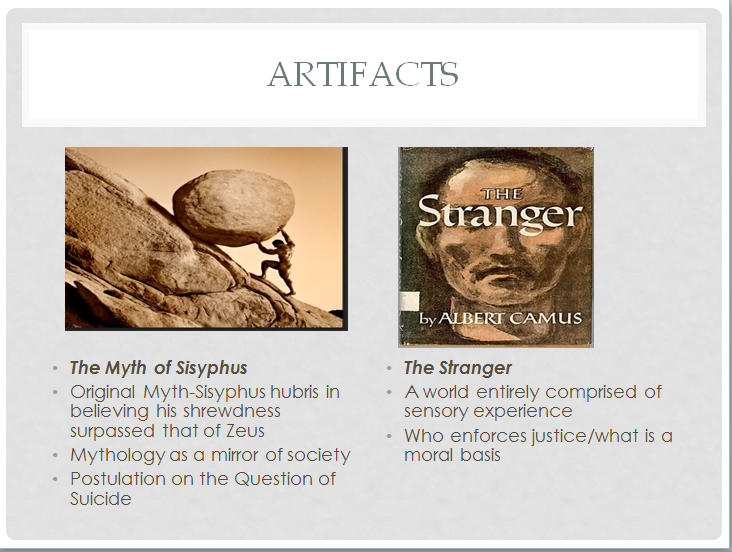
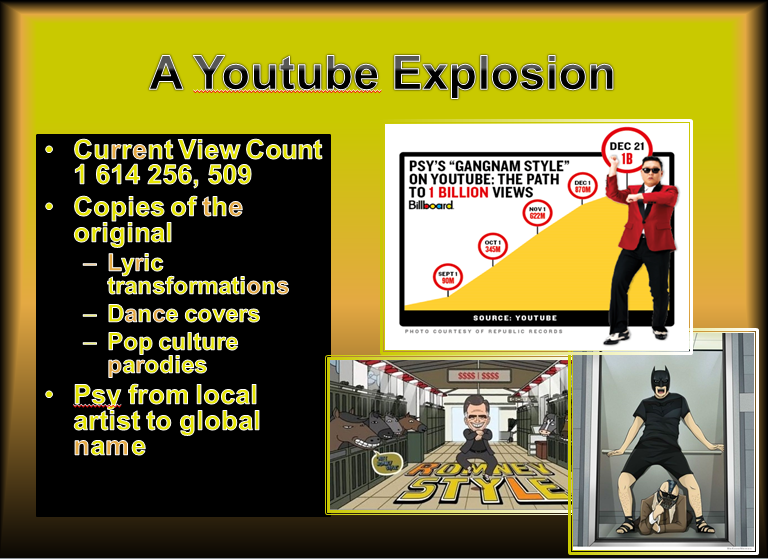
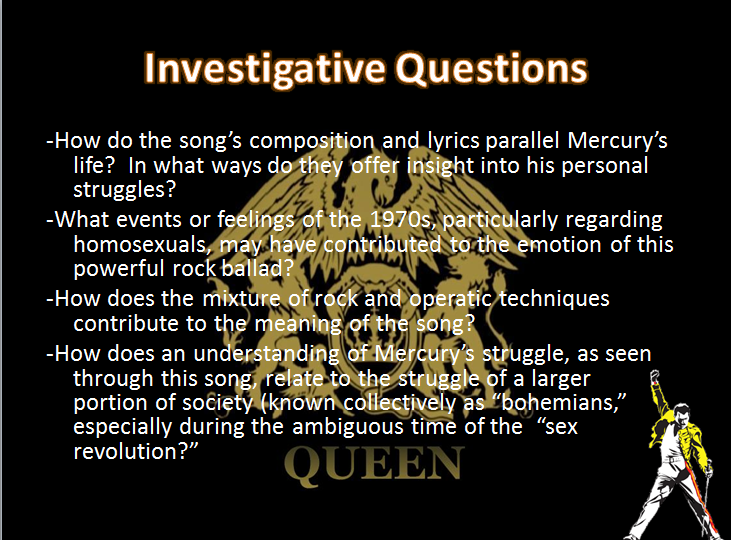
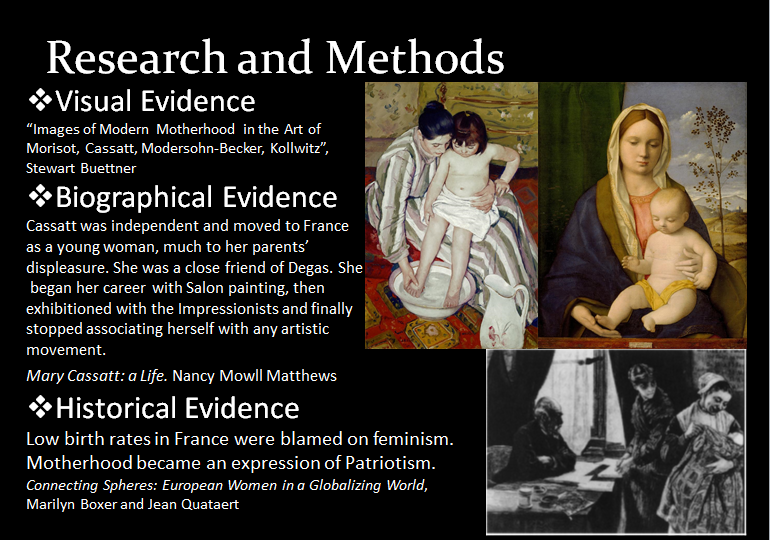
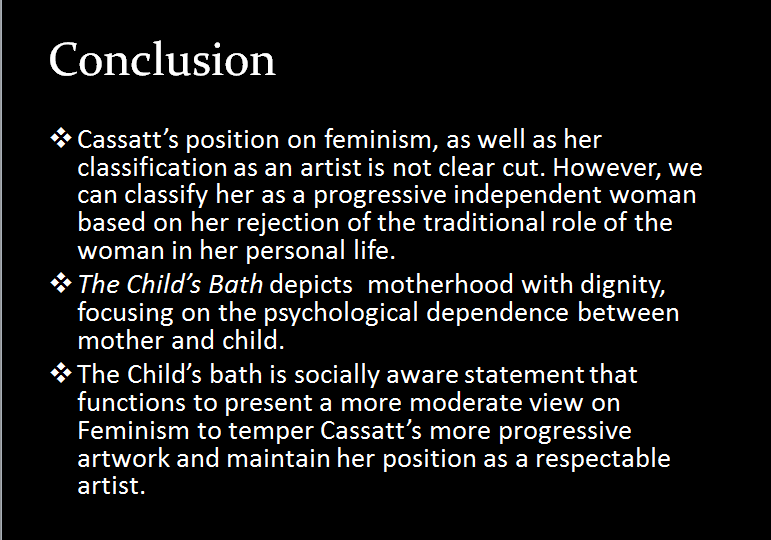
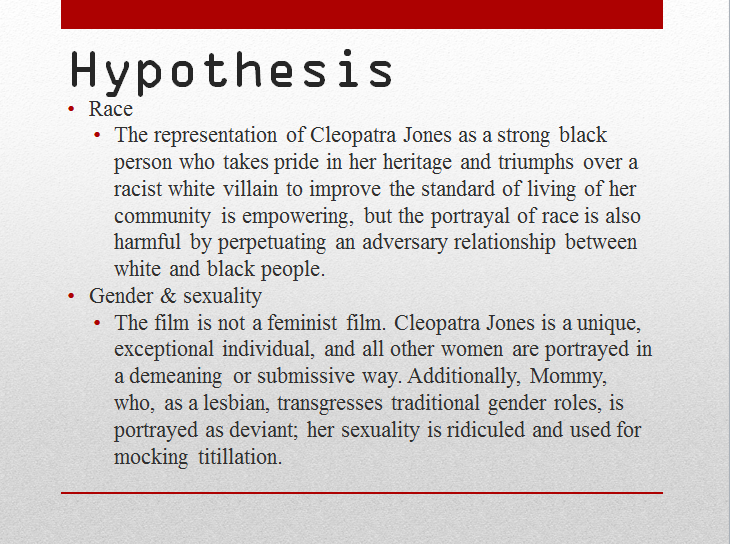
You should organize your slides in logical order to present a sound and cohesive overall argument and offer a clear outline showing a point-by-point development of your main claim (in the case of a Prospectus, these two translate respectively into your hypothesis or tentative thesis and a step-by-step research plan). Remember that it is better not to send an audience into overload and divert their attention from your own performance. Follow a simple rule for any Power Point presentation, namely “more is less” – avoid ‘over-kill’ when it comes to written text, or your audience will end up trying to decode the text contained in each slide rather than listening to you. As an illustration of how a verbose presentation could quickly lose your audience’s attention, look at two sample slides, each presenting the same material but in two very different fashions:
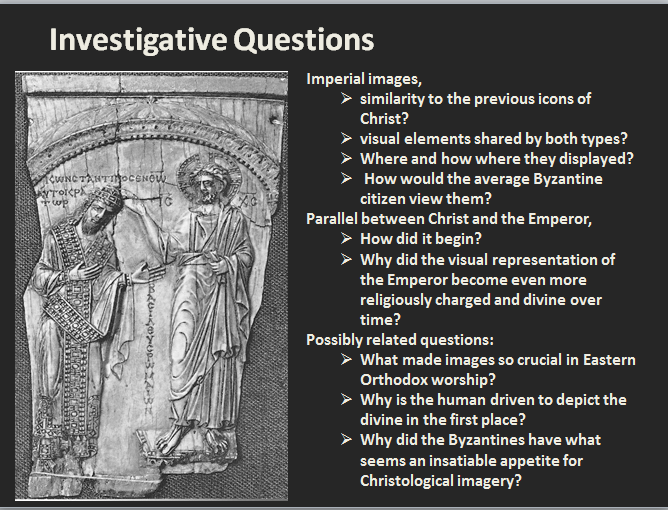
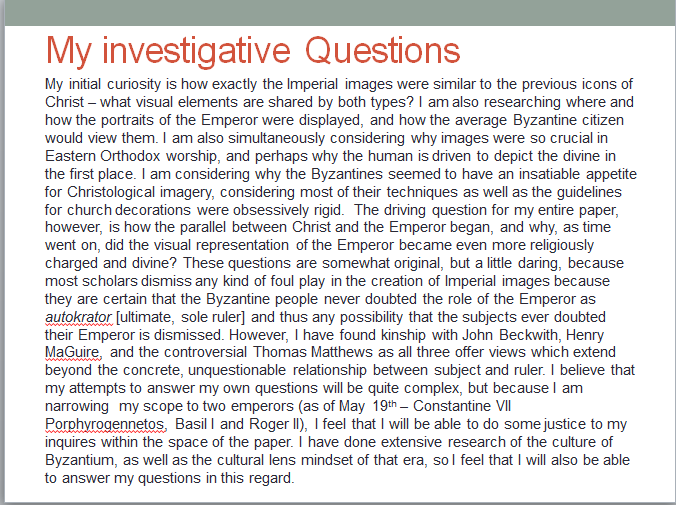
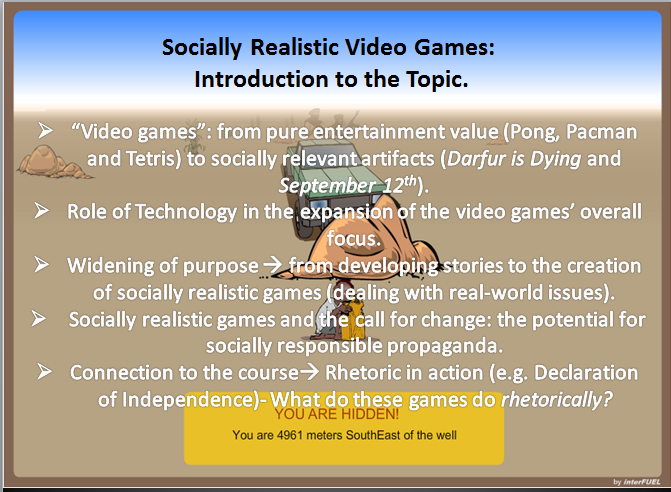
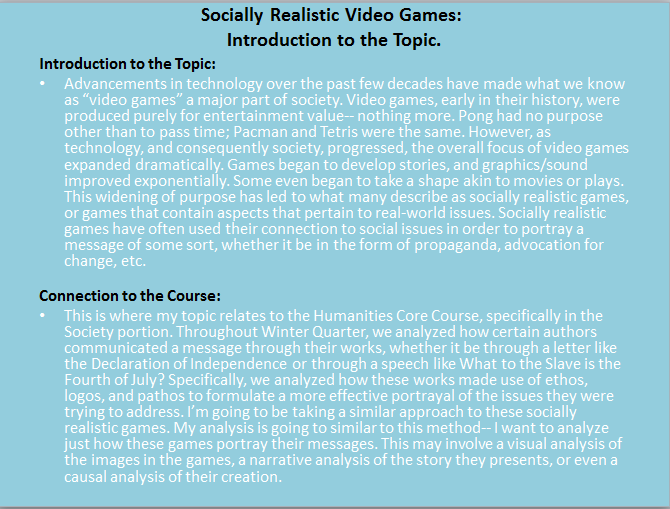
As scholarly presentations require accurate and detailed documentation of sources as well (e.g. a prospectus may suggest the need of specific bibliographical references), if you find that citations could overload each slide, you may decide that an appositely prepared hand-out is the most efficient solution.
Delivering Your Presentation
For this particular oral presentation, reading out loud from a written script is not an option. This requires that you pay attention to not only appropriate word choice, good syntax and style, but fluency of speech as well. Oral (your commentary) and visual (slides/Webpage) elements should be effectively integrated with one another. Rehearsing your speech will allow you to improve your delivery technique. Effective posture and gestures, appropriate audibility and a dynamic range of voice, together with good eye contact, will permit you to engage with the audience and enhance your chances for a successful presentation.
